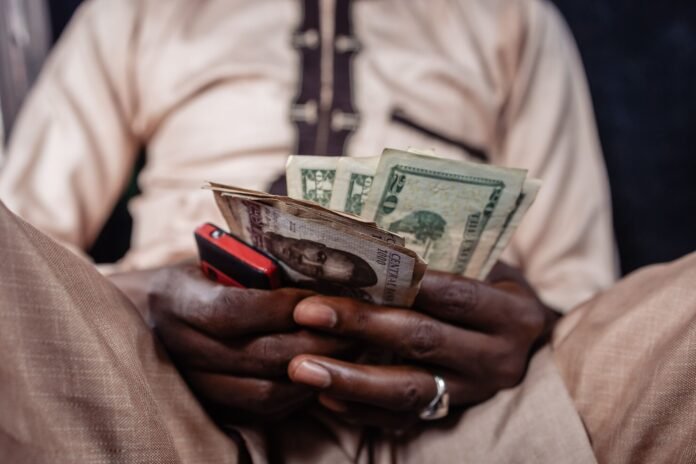In response to a growing shortage of hard currency, African governments are employing various measures, including barter agreements, currency devaluations, and seeking aid from the IMF and Middle East allies. Investors are now favoring countries that successfully boost dollar liquidity while penalizing those struggling to provide access to the needed currency. The resulting impact on African currencies has made them the year’s worst performers, with several depreciating over 15% against the dollar.
Investors are prioritizing nations with assured access to foreign exchange, as questions regarding trading, dividend expatriation, and reserve coverage influence investment decisions. The squeeze is particularly evident in local currencies, affecting countries like Nigeria, Kenya, and Angola, and those with low foreign reserves such as Malawi.
Countries like Egypt, with successful efforts to bolster reserves through state asset sales and financial support from Saudi Arabia and the UAE, have seen positive investor sentiment. In contrast, nations like Kenya and Zambia, grappling with record currency depreciation and default on Eurobonds, are witnessing investor aversion.
The IMF is stepping in to assist some countries, exemplified by its recent $938 million financing expansion for Kenya. However, this dependence on concessional funding raises concerns about debt sustainability. Less vulnerable nations with manageable dollar-denominated liabilities, large foreign reserves, and effective foreign exchange adjustments are now more attractive to investors. Ivory Coast and Senegal, with access to blended finance deals and IMF support, are highlighted as examples.
The article emphasizes the broader impact of the dollar shortage on consumers and local businesses, leading to soaring import costs and inflation across the continent. The risk of these countries remaining on the brink of crisis continues to worry investors.































